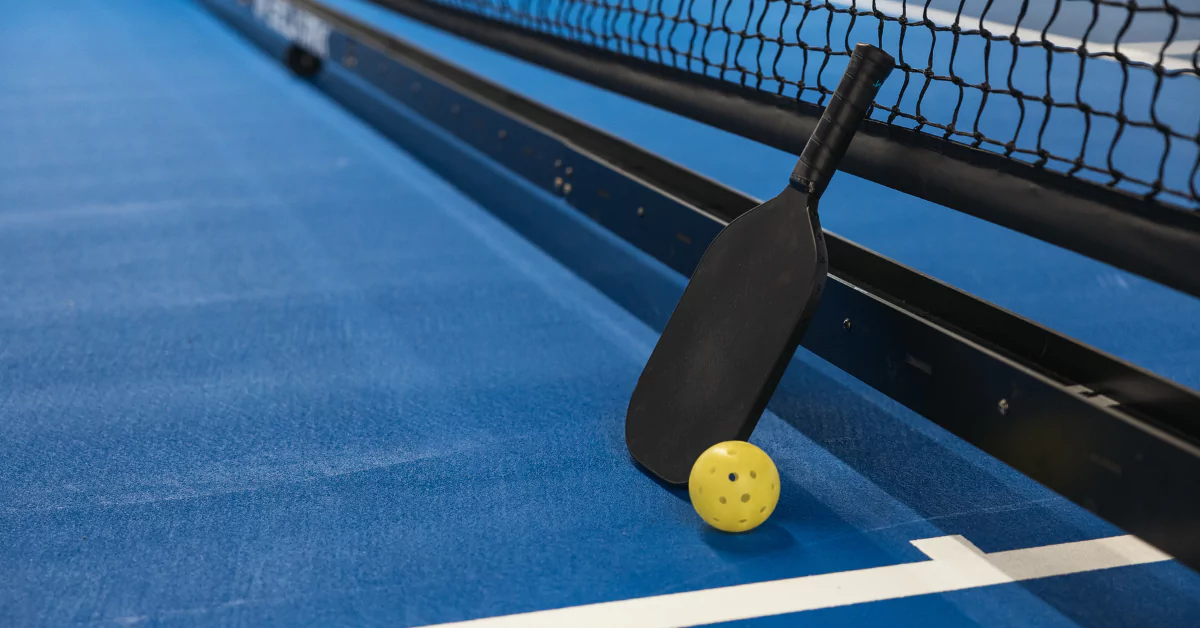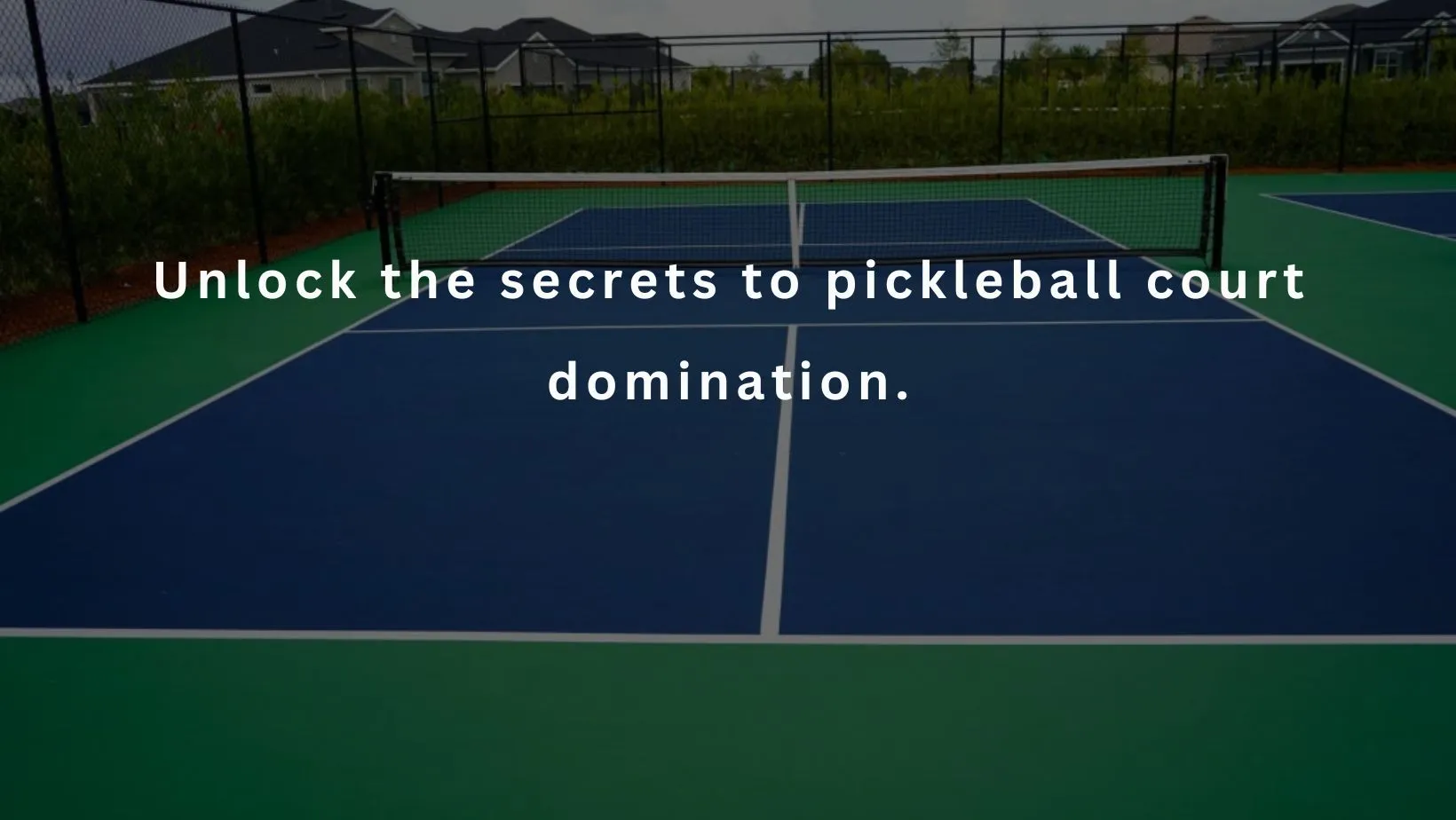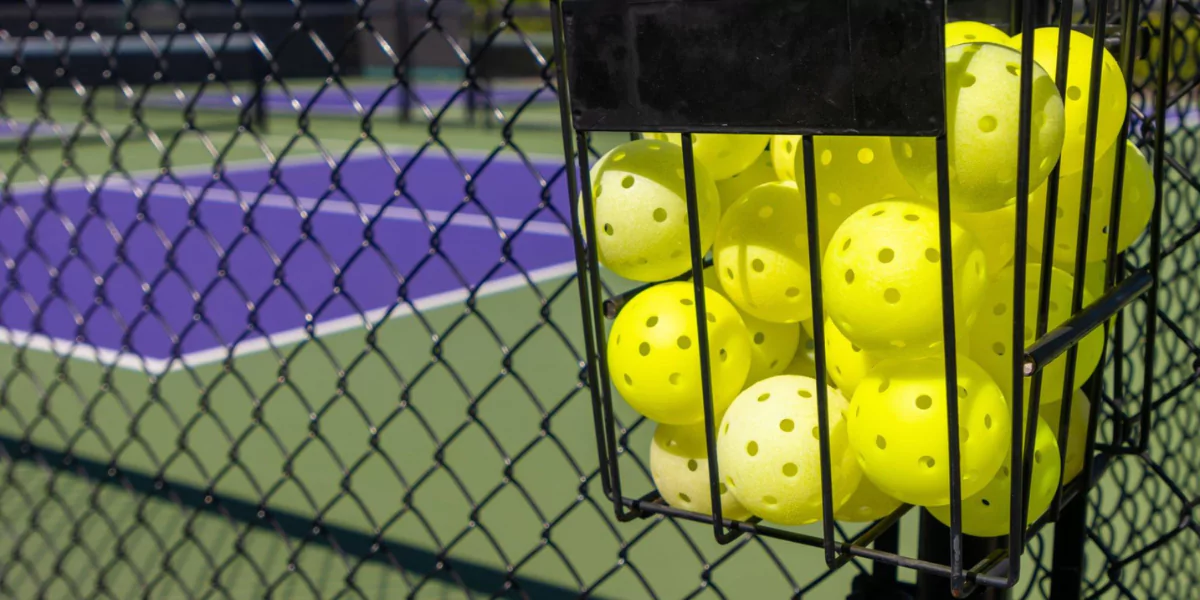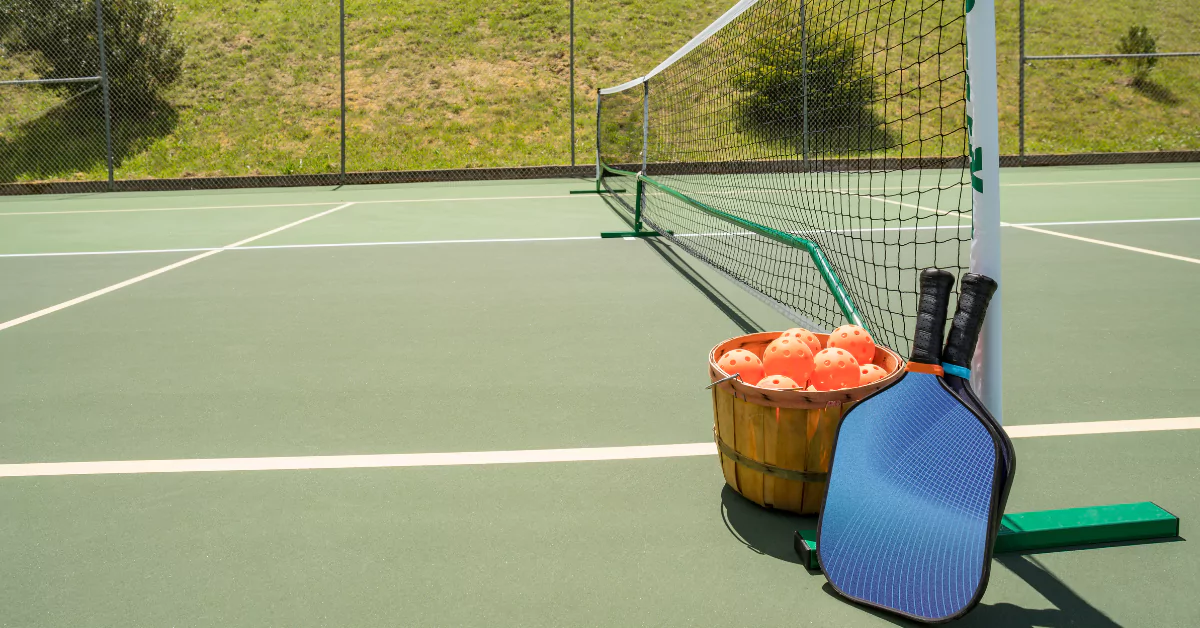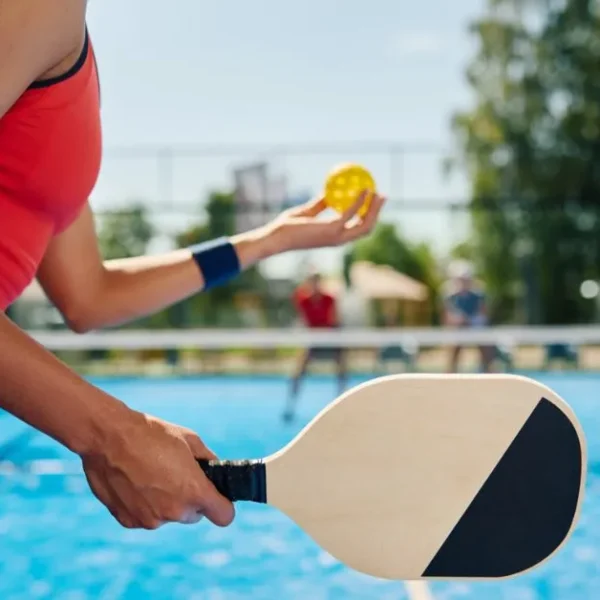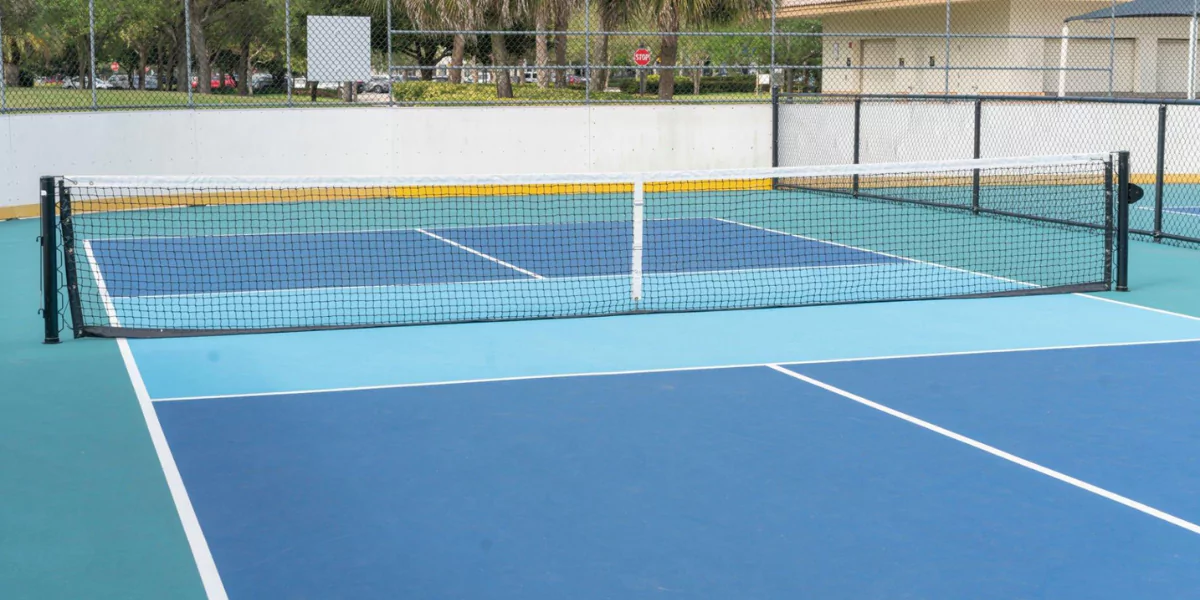Designing a court is a detailed process that requires careful consideration. Whether it’s a tennis court, a basketball court, or some other sports center, making the area safe, helpful, and nice is essential.
This article will walk you through the most important steps of designing a court, from choosing the right location to ensuring you follow the rules for building in your area.
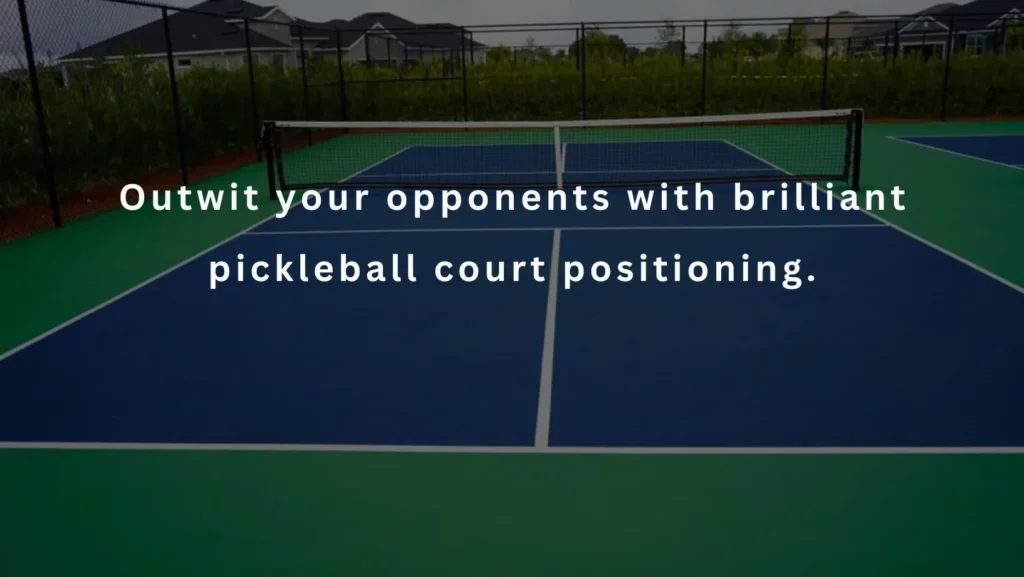
Court Layout and Dimensions
The first step when designing a court is figuring out how it will look and how big it will be. This means paying attention to the sport’s specific rules and following general rules. There are many things to think about, like the size of the court, the size of the playing area, and where the lines and marks are placed. Planning the court layout carefully ensures that athletes have the best conditions for playing and that onlookers have a good time.
Site Selection and Preparation
It is very important to find the right place for your court. It’s important to look at how easy it is to get there and what infrastructure is already there. The spot should have enough room for the court and any other amenities in the area.
Also, preparing the spot means cleaning up the area, ensuring the ground is level, and fixing any drainage or soil problems. Properly preparing the spot is the first step to building a court that works well.
Read For Detailed knowledge:
DIY & Guide To Building Your Backyard Pickleball Court 2023.
Choosing Appropriate Materials and Equipment
Choosing the right materials and tools is important for the court to last and work well. The court’s surface, the net system, and the places around it should be made of durable, safe, and valuable materials. When making these choices, you should think about things like the weather, the need for maintenance, and your cash. Working with professionals with much knowledge can help you make intelligent decisions.
Installing the Court Surface and Net System
Once the design and materials are approved, the court surface and net system can be implemented. Depending on the sport and type of court, there are different choices. Indoor courts include acrylic surfaces, synthetic turf, and hardwood. The surface should have enough grip, absorb shock, and be easy to play on. The method for the net should be strong, flexible, and follow the sport’s rules.
Pouring and Finishing the Court Surface
An essential part of building a court is pouring and finishing the floor. It means carefully putting down the chosen surface material and ensuring it is of the right thickness and smoothness. The surface should be completed so that it has an even roughness, makes it less likely that people will slip, and keeps players safer. You should hire professional builders to get your desired finish and ensure the court lasts.
Pickleball Court Construction: Creating The Perfect Playing Surface
Marking the Court Lines and Dimensions
To make a professional and useful playing area, it is important to mark the court lines and measurements accurately. Fairness is ensured during play by using correct lengths and aligning lines, circles, and borders. Different lines exist for other games, like free-throw lines, service lines, and goal areas. Hiring skilled experts to mark the lines ensures they are accurate and follow the rules.
Installing Court Lighting and Electrical Systems
Installing the right lighting equipment is important so the court can be used at night or when there isn’t much light. The lighting should be even and free of glare and have the correct number of lights for the sport.
In addition to lighting, electrical systems should be installed to power scoreboards, computer timers, and other necessary equipment. To make sure safety and compliance, you need to hire skilled electricians.
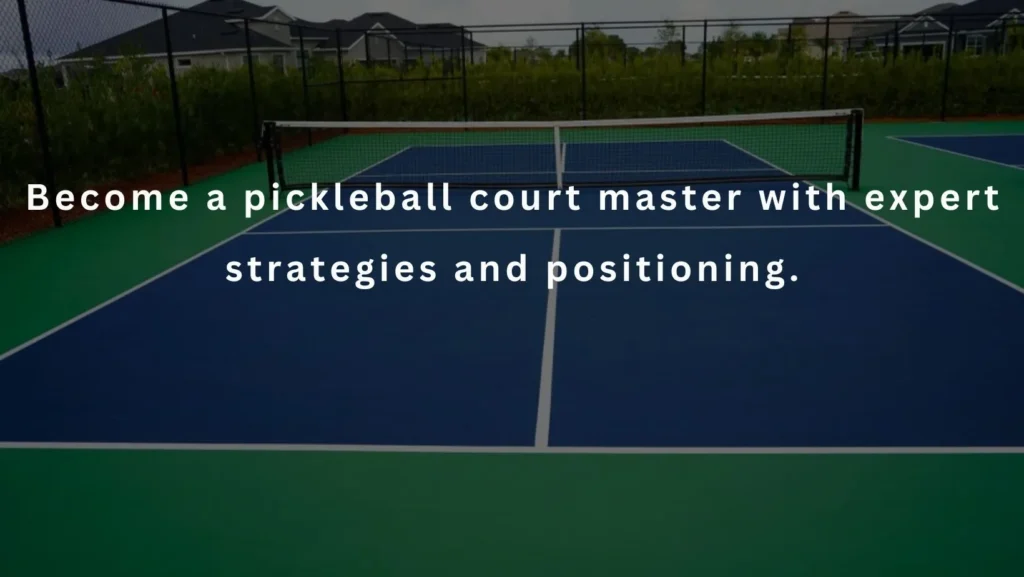
Setting and Amenities of the Building Court
The total experience for players and spectators can be significantly improved by making the court look better and adding amenities. This could mean building places to sit, shade structures, facilities for spectators, and changing rooms. You can make a welcoming and pleasant place with proper gardening and attention to how things look. Working with architects and landscape architects can help the court fit in with its settings.
Incorporating Court Drainage and Irrigation Systems
For the best playing conditions, it’s important to have good drainage and watering methods. Good drainage keeps water from building up, which can make areas slippery and cause damage. A sound irrigation system keeps the court floor in good shape and keeps the dust to a minimum. Experts in irrigation and civil engineering can help plan and set up systems that work well.
Meeting local rules for building and safety
Before starting any building project, learning about the area’s building codes and safety rules is essential. By following these rules, players, onlookers, and the community around the field will be safe. Getting the proper permits and checks is important during the building process. Working with people who know the local rules can speed up the approval process and help you avoid problems.
A Detailed Guide to Your Pickleball Court Construction;
Official Dimensions And Layout Of Court
FAQs
Q. Can I play different sports on the same court setup?
Even though some court plans may work for more than one sport, it is essential to consider what each sport needs. Changes may be necessary because different games have different sizes, markings, and equipment.
Q. How long does building a court take?
How long it takes to build a court depends on how well the site is prepared, the weather, and how complicated the job is. Talking to contractors is a good idea if you want a realistic schedule based on your needs.
Q. Can I add lighting devices to the court after it’s been built?
Even though lighting devices can be added after the court is built, planning for lighting from the beginning is more efficient. This ensures that the electrical systems work well together and keeps the court floor from getting damaged.
Q. What kinds of court products that don’t hurt the environment can be used?
Some products suit the environment and can be used to build courts. Some examples are recycled rubber, sustainable woods, and surfaces that let water through. Talk to your contractor about choices that are good for the environment.
Q. How often should the safety of a court be checked?
It must be checked regularly to keep the court safe and in good shape. Inspections and regular upkeep should be done at least once a year to fix any problems immediately.
Final thoughts
Planning and attention to detail are needed to make a court. By following the steps in this piece, you can create a sports environment that meets the highest standards for safety, functionality and looks.
The key to designing a tennis court, basketball court, or any other sports venue is to work with experienced professionals and follow local rules. So, get ready to start designing your court and make it a place where players can do well, and fans can enjoy the game.
